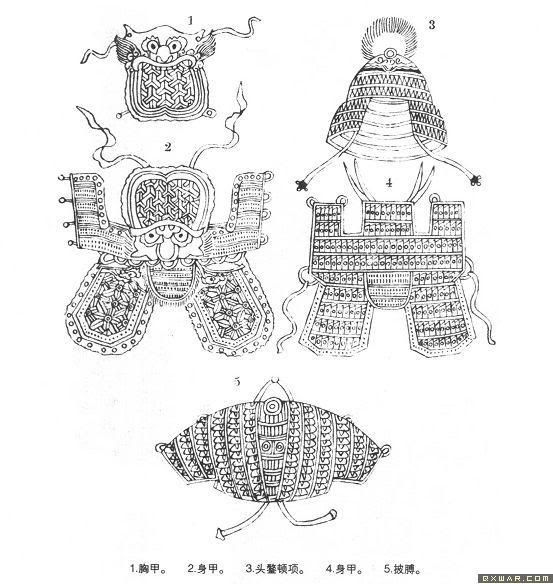Scale armour was a sort of "old" type in the 13th century, only cultures with less advancement or due to their taste and if they were poor or not would have a scale armour. For example, The Daryanogion, Welsh Men-at-Arm, were using scale armour instead of chainmail due that chainmail was more expensive than scale and Wales were poor compared to England. Of course it proivdes a decent protection, on certain aspect, even more than a chainmail (if the scale are in metal) against projectile but is more easily damageable.
Western knights tended to use double mail rather, afaik.
Hmm for what I've found in my researches, the western knights would wear an Heavy Mail Hauberk with an arming doublet of Coat of Plates.
Brigandine armor can also be seen as an evolution, or a variation of the concept. It was used heavily in the west and by late spanish moors. It was also used in the middle east, but less. And quite widely in the far east too.
The brigandine is the evolution of coat of Plates. Brigandine appears in Western Europe in the end of the 14th Century. Often combined with an arming doublets of mail of aketon (gambeson doublet), this armour provides a very good protection and at the same time being light.The brigandine was made of rivered small iron plates between layers of felt and canvas.
The Coat of Plates on the other hand was consisted of metal plates rivetted to the inside of a surcoat. The plates did not overlap but the armour is otherwise similar. Very similar to the brigandine except that later one was more refined and the Coat of Plates was a favorite arming doublets and popular with archers.
Both these armours were created often by recycling used heavier metal armours, like cuirasses or lamellar or plates.
But return on the lamellar, so theorically, the Lamellar were't really used in Western Europe.
Let's compare both the scale armour and the Lamellar armour:
- The one on the left is a beautiful scale armour, the second is a lamellar armour (light one)
- The scale armour have leaf-like scale while the lamellar looks to have rivered rectangle small plates.
- The scale armour looks quite heavy, I doubt a man would wear a mail haubergon (mail doublet) under the scale armour but would rather have a armed coat or leather jerkin. The Lamellar, on the other hand, can be matched with anything and this example is mail.
- I'm not an expert of metallurgy but by comparing both picture, the scale looks more difficult to make and takes more time to do since this one is a complete armour suit (except for legs) while the lamellar looks to be a sort of cuirass based protection.
- The cost will also depends on the material used, both type can have leather instead of metal.
What do you guys think? 









 Reply With Quote
Reply With Quote





















